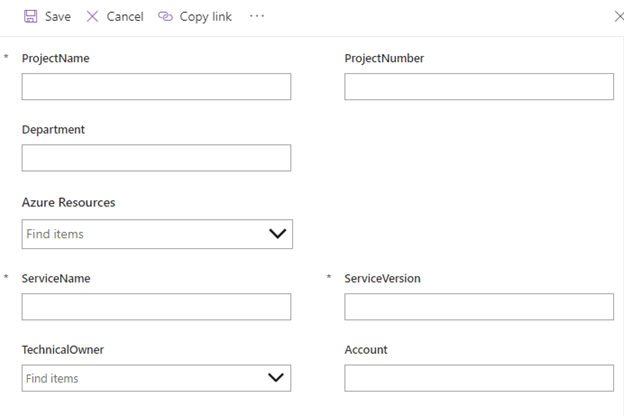Azure Workload Onboarding Automation Frees IT Operations for High Impact Work
- juin 07, 2021
According to NTT’s Future Disrupted 2021 Technology Trends report, workloads continue to shift to a combination of cloud platforms, with public cloud expected to grow from 24% to 30% over the next year. This growing cloud adoption has surged to the center of organizations’ digital transformation efforts allowing for the quick creation of new secure and reliable solutions. Amidst this surge, Information Technology (IT) organizations have become challenged to provide a smooth cloud onboarding experience for their internal customers -- without compromising any security principles.
Our client, a large power utility company, was challenged with this very issue. The company is on a mission to reduce the capital and operating costs associated with the management of its on-premise data center by migrating workloads to Microsoft Azure. In addition, the migration will modernize the hosting of IT applications and services for the company while also increasing its ability to scale.
Upgrading the onboarding process
The utility’s existing process to onboard a new project to Azure was cumbersome and time consuming; it was manual, required IT customers to create a Word document, and get approvals via email. We automated this manual onboarding process and streamlined the deployment of workloads – including PaaS and IaaS services -- on Azure that will be used by departments across the organization.
The new process enables employees to request a new, or update an existing, Azure service. They are also able to submit requests using an online form that automatically provisions a new environment for their project. The onboarding form collects project related information, budget, and cost allocations. Once the request is approved, the required resource group for the service is automatically provisioned by the Azure cloud delivery team and the project owner is notified. The project team can then create the required resources within the resource group.
As our client was already using Azure as its platform of choice for hosting its applications and services, we proposed a solution that took advantage of Azure and Microsoft 365 modern tools and services. Specifically, the solution was implemented using Microsoft SharePoint, Microsoft Power Apps, Microsoft Power Automate, and Azure Automation.
- SharePoint stores the required data load for onboarding requests and other configuration information required for the onboarding process. Given its goals, our client fully expects cloud adoption within the company to continue to grow. As a result, the client will keep adding new services for workload onboarding.
- We used Power Apps to build the onboarding request form. This form is the user interface to submit information about the project and which resources are required to deploy their workload.

Sample form
- When an employee submits their new workload onboarding request, Power Automate is automatically triggered. It initiates an approval process for the request. After the approval process is complete, the data is sent to Azure Automation for processing.
Through Azure Automation we created a runbook that receives the data from Power Automate and carries out the necessary processing to create the required resource group in the background. The resource group is provisioned with different baseline policies applied using Azure Blueprint templates. The resource group is restricted to allow only the selected resources to be created. The project team is automatically granted access to the resource group via AD roles and notified once ready for use.
In addition to these steps that automated workload onboarding to the cloud, the project also included the development of design and security processes to ensure policies deployed by Azure Blueprints are collaboratively agreed upon by security as well as development and operations.
Our utility client now has a fully automated process that streamlined its existing manual onboarding process. As a result, the company has gained direct cost savings brining it one giant step closer to its goal of reducing its on premise data center costs and has in the process grown its operational efficiency. Moreover, this process has freed up critical IT team time. Now, instead of repetitive, manual tasks, they are able to spend more time focusing on more valuable, high impact tasks.
Subscribe to our blog





